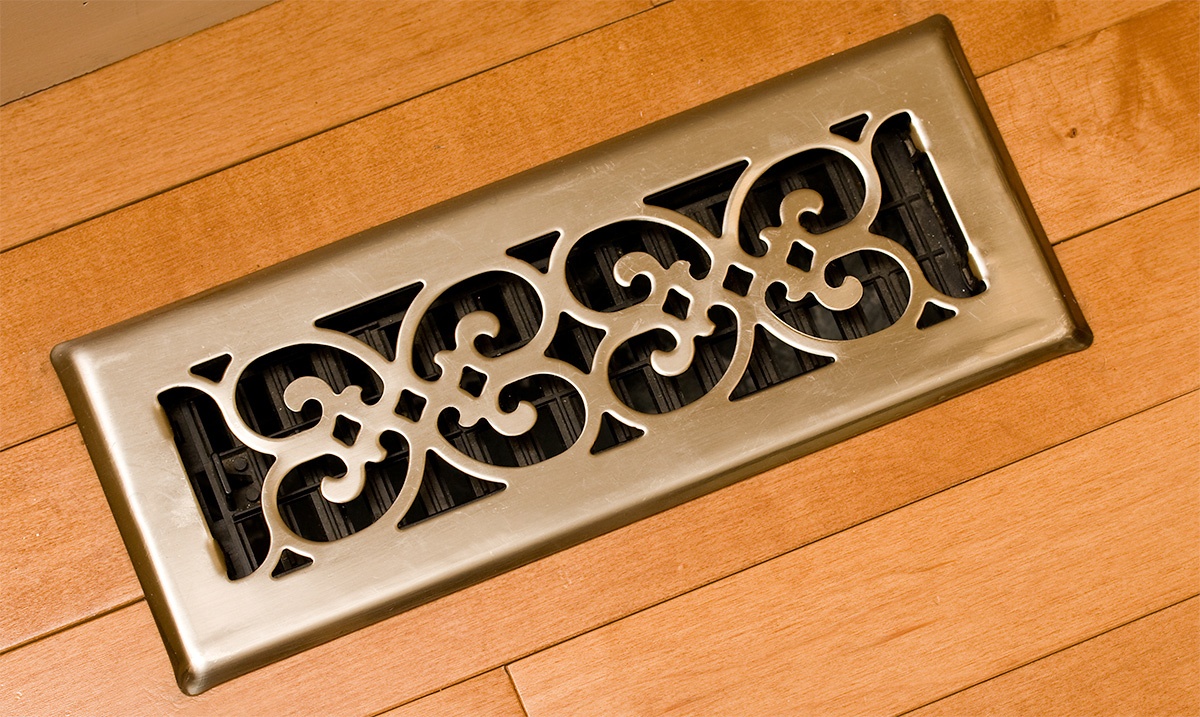
If you live in a cold climate, exhaust ventilation systems are recommended. If you live in a warm climate, supply ventilation is best. For either climate, balanced home ventilation systems could work. What’s the difference?
Types Of Home Ventilation Systems
- Natural ventilation was the most common form of home ventilation. It allowed fresh outdoor air to replace stuffy indoor air. It occurred through doors, windows, small cracks and holes, and anywhere uncontrolled air movement flowed.
Natural ventilation isn’t recommended for most homes with energy-efficient air sealing. It also doesn’t provide adequate moisture control, which can lead to an increase of mold and mildew spores. This can cause sickness or trigger allergies.
Natural ventilation also doesn’t uniformly control the temperature of your home. This creates cold spots, lack of indoor air pollutant removal, and higher energy costs. - Spot ventilation improves the effectiveness of natural ventilation. It removes moisture and indoor air pollutants at the source using localized exhaust fans. To build upon this method, modern home ventilation systems were built.
- Exhaust fan ventilation systems use the basics of spot ventilation. These systems depressurize your home through a single fan connected to a centrally located, single exhaust point. The fan connects to ducts from several rooms, and passive vents control the airflow.
These systems reduce indoor air pressure below the outdoor air pressure. It extracts indoor air as make-up air infiltrates through leaks in your home and passive vents.
According to the U.S. Office of Energy Efficiency and Renewable Energy (EERE), exhaust ventilation systems often draw pollutants into your home. These pollutants include crawl space radon and mold, attic dust, garage fumes, and fireplace or water heater/furnace flue gases.
This is especially concerning when bath fans, oven fans, and dryers (which also depressurize your home during operation) run while the exhaust ventilation system also operates.
Exhaust ventilation systems also create higher energy costs, because they don’t temper or remove moisture from the make-up air before it enters your home. - Supply ventilation systems use the basics of spot ventilation. According to the U.S. Department of Energy (DOE), these systems pressurize your home using a fan that forces outdoor air into your home as air leaks out of your home through holes in the bath- and oven-fan ducts and passive vents.
Like an exhaust fan ventilation system, supply ventilation systems have a fan-and-duct system that introduces fresh air into frequently occupied rooms like bedrooms. This system includes adjustable window or wall vents in infrequently occupied rooms.
These systems better control the air that flows into your home, discourage pollutants, and prevent backdrafting of combustion gases from fireplaces and HVAC appliances. They also dehumidify the home and control moisture.
Similar to exhaust ventilation systems, supply ventilation creates higher energy costs, because they don’t temper or remove moisture from the make-up air before it enters your home. - Balanced ventilation systems use the basics of spot ventilation. These systems neither depressurize or pressurize your home. Instead, they “introduce and exhaust approximately equal quantities of fresh [outdoor] air and polluted [indoor] air, respectively,” according to the DOE.
Balanced ventilation systems have two fan-and-duct systems that introduce fresh air into frequently occupied rooms. It also exhausts air from rooms where moisture and pollutants are often generated like the kitchen, bathrooms, and laundry room.
Similar to exhaust and supply ventilation systems, balanced ventilation doesn’t temper or remove moisture from the make-up air before it enters your home. However, it uses filters to remove dust and pollen from outdoor air before introducing it into your home. This lowers energy costs compared to other home ventilation systems. - Energy recovery systems use the basics of spot ventilation. A supply-and-return duct is required for each bedroom and common living area. Short, straight ducts minimize pressure drops in the ventilation system and improve HVAC performance.
These ventilation systems also require ductwork insulation in unheated spaces and joint sealing.
The concern with these home ventilation systems is that they’re uncommon and complex to install and operate. According to the EERE, they need to be maintained and cleaned regularly to prevent deterioration, drops in heat recovery, and mold growth.
Tip: It’s ill-advised to have an energy recovery system in a cold climate, as frost buildup can damage the system.
For more information about home ventilation in Maryland, download our Guide To Home Ventilation from Warner Service. Click on the button below to get started:


